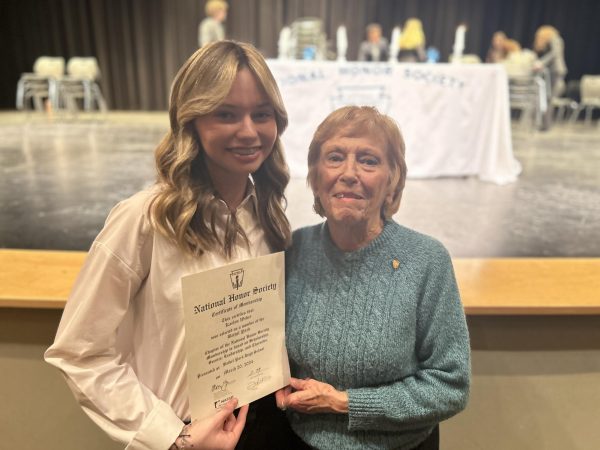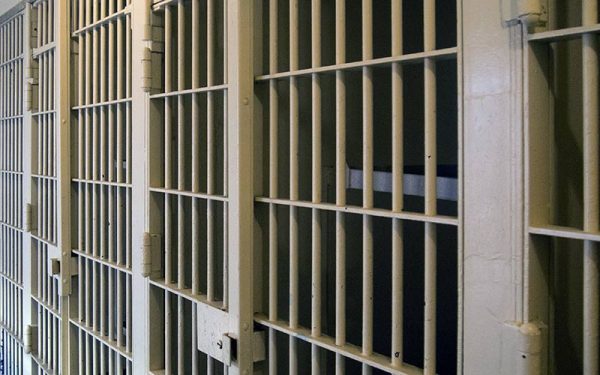State of the Union 2015
On Jan. 20, 2015, President Obama addressed Congress in the annual State of the Union Address. In his speech, the President claimed credit for an improving economy and defiantly told his Republican adversaries in Congress to “turn the page” by supporting an expensive domestic agenda aimed at improving the fortunes of the middle class.
The hour-long address to Congress is the President’s opportunity to summarize the events of the year and respond to them and to lay out his plan for the next year. In order for the President to operate, he needs the cooperation of the Congress, and the State of the Union Address is his opportunity to inform the Congress of the year plan.
As part of his address, President Obama called for two years of Community College to become free for most students, enhance tax credits for education and healthcare, and impose new taxes on high income earners and large financial institutions.
During his hour-long address, the President vowed to continue a foreign policy that combines “military power with strong diplomacy,” and he called on Congress to lift the trade embargo on Cuba and pass legislation authorizing the fight against the Islamic State.
The President made no mention of the major losses that his party endured in congressional elections last fall, choosing to ignore the Republican statement that voters had rejected his vision and new policies. In the speech, he promised that any attempt to roll back his health care law, an overhaul of regulations on Wall Street or his executive actions on immigration would face his executive veto.
Mr. Obama’s plans, which would offer free community college for millions of students, paid leave for workers and more generous government assistance for education, child care and retirement savings for the middle class, are to be financed in large part by $320 billion in tax increases over the next decade on higher income earners as well as a fee on large financial institutions.
The President faces challenges as he begins his seventh year; he’s in the same position every other two-term president since the 1950s has found himself in, facing a Congress where both the House and Senate are in the hands of the opposition party.

BPHS senior Greydon Tomkowitz is the current Editor-In-Chief of Hawk Eye, a position he has served in for three years.
Greydon joined the newspaper...










